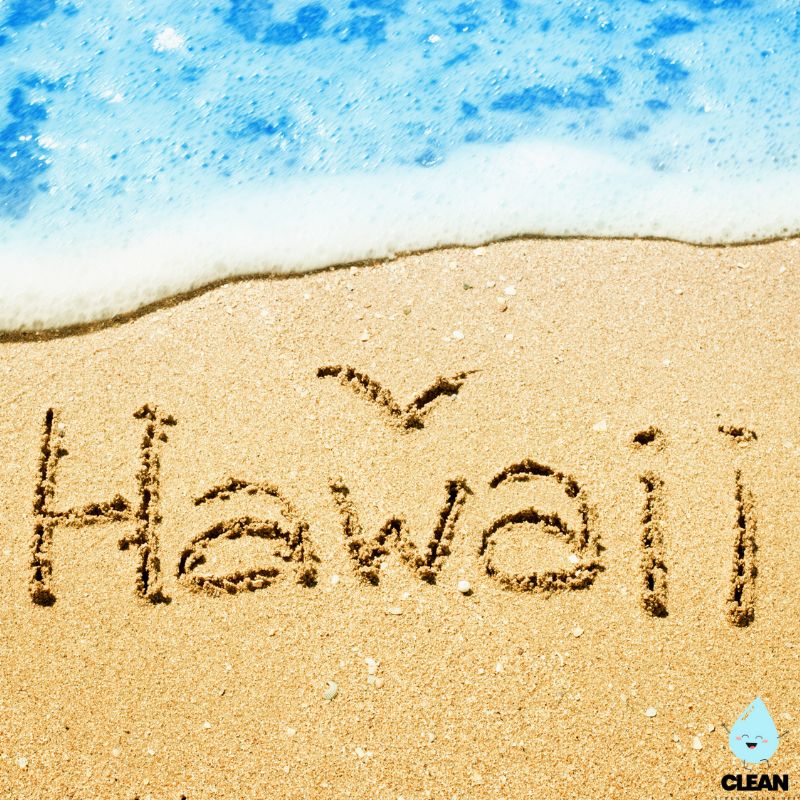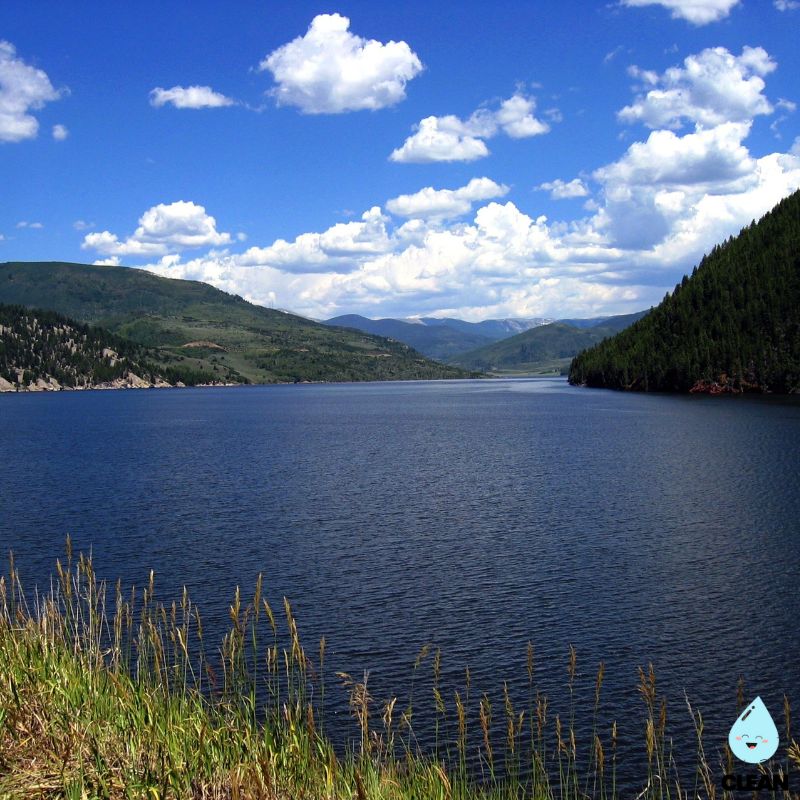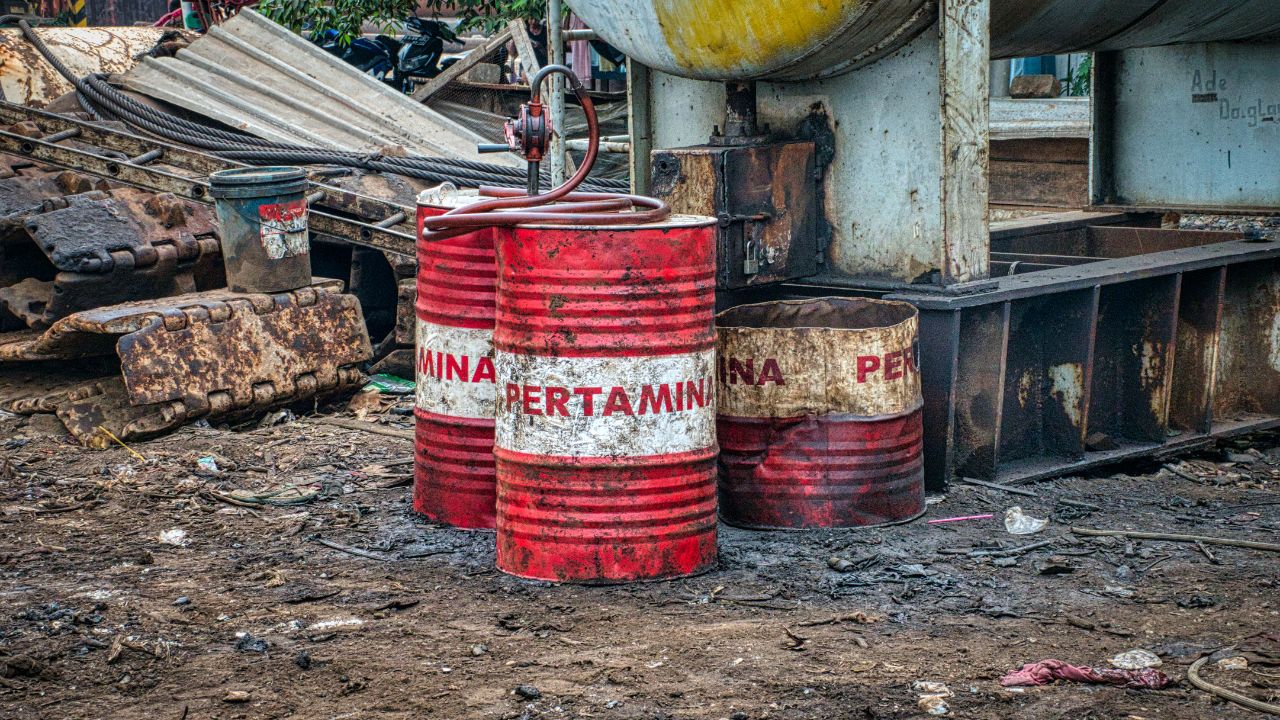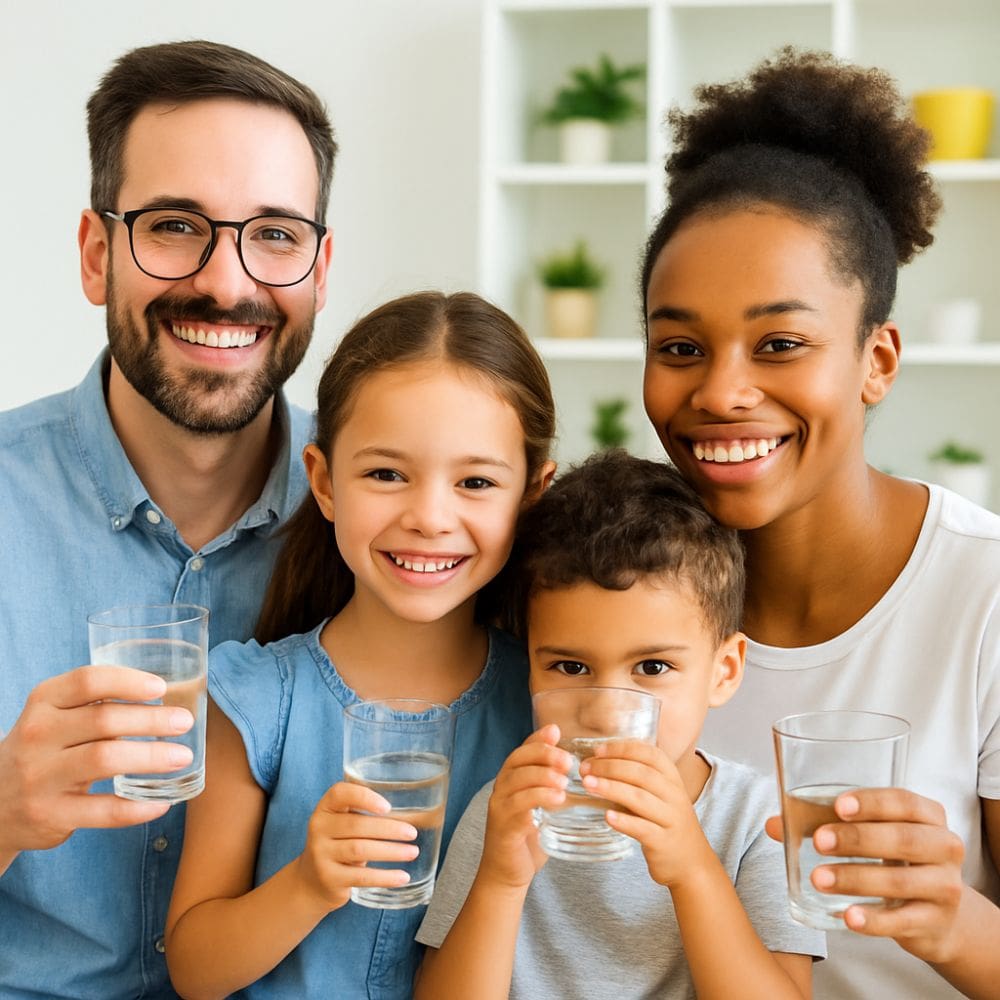Hawaii Water Quality at a Glance
significant concerns
Is Hawaii Water Safe to Drink?
Generally Yes, With Notable Concerns – Most Hawaii water systems meet federal standards, but the state faces emerging PFAS contamination affecting 500,000+ residents and recent major contamination events. Significant concerns include the 2021 Red Hill fuel leak affecting 93,000 people, PFAS in multiple communities, and chromium-6 detections. The state’s unique groundwater dependence and vulnerability to military contamination create ongoing risks for residents.
⚠️ Key Concerns for Hawaii Residents
- Red Hill Fuel Crisis: 93,000 people affected by 2021 jet fuel leak; 87% of surveyed residents reported illness from contamination
- PFAS “Forever Chemicals”: Detected in 5 Oahu communities including Kunia (265 ppt total PFAS) and Waipio with dangerous levels
- Military Contamination: Pearl Harbor water system serves 90,000+ people; PFAS detected at multiple military sites across islands
- Chromium-6: Environmental Working Group testing found Honolulu among highest chromium-6 levels in U.S. cities
- Water Scarcity: Drought conditions and tourism pressure strain groundwater-dependent supply systems
Read the full report below for detailed analysis, island-specific data, and actionable recommendations for Hawaii residents.
Hawaii – The Aloha State – Water Quality Report 2025: PFAS Testing, Infrastructure Concerns & Safety across your state
Hawaii’s water infrastructure serves approximately 1.4 million residents across four unique island counties, each managing distinct water supply systems. The state’s water sources include groundwater aquifers, surface water reservoirs, rainwater catchment systems, and limited desalination facilities, creating a complex web of interconnected systems vital to island sustainability. Hawaii’s geographic isolation requires exceptional water resource management, with over 130 public water systems ranging from Honolulu’s Board of Water Supply serving nearly one million customers to smaller rural systems providing essential services to remote communities.
Despite abundant natural rainfall in many areas, Hawaii faces unprecedented infrastructure challenges exacerbated by climate change, aging systems, and emerging contaminants. According to recent assessments, Hawaii’s water infrastructure includes aging components over 100 years old, funding shortfalls exceeding $5 billion for Honolulu alone, and growing concerns about PFAS contamination from military activities. Since 2022, the state has received nearly $194 million in federal infrastructure investments from the Biden-Harris Administration’s Bipartisan Infrastructure Law to address these challenges, focusing on drinking water safety, wastewater treatment upgrades, cesspool conversion, and emerging contaminant removal. Hawaii’s commitment to water quality improvement is demonstrated through partnerships between the Hawaii Department of Health, county water boards, and federal agencies working to ensure safe, sustainable water access while protecting fragile island ecosystems.

Hawaii Water Quality: Current Status (2024-2025)
Statewide Compliance and Testing
- Overall Compliance: The majority of Hawaii’s 130+ public water systems meet federal Safe Drinking Water Act standards, though multiple Oahu communities have recently detected PFAS contamination levels requiring ongoing monitoring and potential treatment.
- PFAS Monitoring: Hawaii has identified PFAS contamination in five Oahu communities serving nearly 500,000 residents, with Kunia Village showing total PFAS at 265 ppt and Pearl Harbor military systems affected by legacy contamination.
- Infrastructure Investment: Nearly $194 million in federal funding through the Bipartisan Infrastructure Law has been allocated to Hawaii for water infrastructure improvements, including $19 million specifically for PFAS treatment and emerging contaminant removal.
Major Water Sources and Challenges
- Groundwater Aquifers: Primary water source for most islands, facing threats from saltwater intrusion, climate change impacts on recharge rates, and contamination from military activities and aging cesspool systems.
- Rainwater Catchment: Critical supplemental source especially for rural areas and Big Island communities, requiring regular maintenance and UV sterilization to ensure safety from bacterial contamination.
- Aging Infrastructure Concerns: Hawaii’s water systems include components over 100 years old from the sugar plantation era, with deteriorating pipes and treatment facilities requiring urgent modernization across all four counties.
Military Contamination Response
- Red Hill Fuel Leak Impact: The November 2021 fuel spill at Pearl Harbor contaminated drinking water for over 93,000 military families and civilians, with 87% of surveyed residents reporting illness from the contamination.
- PFAS from Military Sources: Aqueous Film Forming Foam (AFFF) used at military installations has introduced “forever chemicals” into groundwater, requiring comprehensive monitoring and advanced treatment implementation.
- Environmental Enforcement: Hawaii Department of Health has established monitoring protocols and enforcement measures while working with federal agencies to ensure accountability for military-caused contamination.
Island-Specific Water Security
- Geographic Isolation Challenges: Limited ability to import water or resources during emergencies, making local infrastructure resilience critical for public health and economic stability.
- Climate Change Adaptation: Sea level rise threatens coastal infrastructure and increases saltwater intrusion risks, while changing precipitation patterns affect water availability and storage capacity.
- Cesspool Conversion Requirements: Over 80,000 cesspools must be upgraded by 2050 to prevent groundwater contamination, with conversion costs ranging from $23,000-$38,000 putting the process out of reach for 97% of Hawaii homeowners without financial assistance.
Looking Forward: 2025-2030
Hawaii’s water quality landscape is undergoing critical transformation as the state addresses military contamination legacy, aging plantation-era infrastructure, and climate change impacts. The combination of federal investment, enhanced PFAS monitoring, and mandatory cesspool conversion creates both opportunities and challenges for ensuring water security. Successful implementation requires coordinated action between county water boards, state regulators, military installations, and communities to protect Hawaii’s unique island ecosystems while maintaining reliable water access. The state’s isolated geography demands proactive infrastructure investment and innovative solutions to address emerging contaminants, aging systems, and climate resilience in ways that honor Hawaiian values of caring for the land and water that sustain island life.
Recommendations for Hawaii Residents

Know Your Water Source
Contact your county water board to request annual water quality reports and ask about PFAS testing results. Visit the Hawaii Department of Health’s website to access your local system’s testing data and understand contamination concerns specific to your area.

Support Infrastructure Investment
Stay informed about county water infrastructure needs and support rate structures that enable necessary improvements. Participate in public meetings about cesspool conversion requirements and infrastructure modernization plans.

Consider PFAS-Certified Filtration
For areas with known PFAS contamination like Kunia and Waipio, consider NSF-certified activated carbon or reverse osmosis filters specifically tested for PFAS removal. These provide protection while water systems implement treatment upgrades.

Report Water Quality Concerns
Contact your county water board immediately for taste, odor, or color concerns. Report suspected contamination to the Hawaii Department of Health Clean Water Branch at (808) 586-4424 for investigation and follow-up.

Practice Water Conservation
Support Hawaii’s water sustainability by implementing conservation measures like efficient irrigation, rainwater harvesting, and low-flow fixtures. Reducing demand helps island communities maintain system reliability and aquifer protection.
Hawaii Cities We Cover
Honolulu Water Quality
Comprehensive analysis of Honolulu Board of Water Supply, Hawaii’s largest water utility serving nearly one million customers across Oahu. Includes information on groundwater sources, treatment processes, PFAS monitoring, and infrastructure modernization efforts.
Additional Hawaiian city reports coming soon as we expand our coverage to include Hilo, Kailua-Kona, and other major population centers across the island chain.
Frequently Asked Questions
Is Hawaii’s tap water safe to drink?
Most of Hawaii’s public water systems meet federal drinking water standards, but several Oahu communities have detected PFAS contamination requiring ongoing monitoring.
The Hawaii Department of Health oversees comprehensive testing across all 130+ public water systems. Five Oahu communities serving nearly 500,000 residents have reported PFAS detections, with Kunia Village showing total PFAS levels at 265 ppt far exceeding federal safety guidelines. Water utilities are working with state agencies to implement treatment solutions, and the state has received nearly $194 million in federal funding to address infrastructure needs and emerging contaminants. Residents should review their water board’s annual quality reports and stay informed about local conditions.
What caused PFAS contamination in Hawaii?
PFAS contamination in Hawaii primarily stems from military activities, particularly the use of firefighting foam at bases and installations.
Aqueous Film Forming Foam (AFFF) containing PFAS has been used extensively at military installations including Pearl Harbor, creating groundwater contamination that affects surrounding communities. The November 2021 Red Hill fuel leak also introduced additional contaminants into drinking water systems serving over 93,000 people. Military sources have been the primary pathway for PFAS entry into Hawaii’s groundwater, though ongoing monitoring continues to identify the full extent of contamination across the islands.
How can I find out about my local water quality in Hawaii?
Hawaii residents can access water quality information through several county and state resources:
• County Water Boards: Contact your county water board directly for Consumer Confidence Reports detailing all testing results and any violations or concerns
• Hawaii Department of Health: Visit the Safe Drinking Water Branch website to access testing results and compliance information for your local water system
• PFAS Testing Data: The Department of Health maintains public records of PFAS detections and monitoring results for affected communities
• Beach Water Quality: Check the Clean Water Branch website for current beach advisories and bacteria monitoring results
Why does Hawaii have unique water infrastructure challenges?
Hawaii’s water infrastructure faces distinct challenges due to its island geography and history:
Geographic Isolation: Limited ability to import water or emergency resources, making local infrastructure resilience critical for survival and economic stability
Aging Plantation Infrastructure: Many water systems include components over 100 years old from the sugar plantation era, requiring comprehensive modernization
Climate Vulnerability: Sea level rise threatens coastal infrastructure while changing precipitation patterns affect water availability and aquifer recharge
Military Legacy Contamination: Decades of military activities have introduced contaminants into groundwater systems, requiring ongoing monitoring and cleanup efforts
Cesspool Challenge: Over 80,000 cesspools must be converted by 2050 to prevent further groundwater contamination, creating a massive infrastructure conversion requirement unique to Hawaii
Quality News About Your Water
Get the comprehensive water quality news coverage you need with our dedicated US Water News Service. From coast to coast, we deliver in-depth reporting and expert analysis on PFAS contamination, EPA regulatory changes, infrastructure developments, and emerging water safety issues affecting communities nationwide. While mainstream media only covers the biggest stories, we provide the detailed, ongoing coverage that helps you understand the full scope of America’s water challenges. Whether you’re a concerned citizen, water professional, or community leader, our daily updates and analytical insights keep you informed about the issues that matter most to public health and environmental safety.
Contaminants of Concern

PFAS “Forever Chemicals”
Source: Military firefighting foam (AFFF) used at Pearl Harbor and other installations, legacy contamination from decades of military activities, and potential consumer product sources
Health Effects: Linked to kidney and testicular cancer, liver damage, immune system suppression, high cholesterol, and developmental effects in children
Current Status: Five Oahu communities have detected PFAS with Kunia Village showing total PFAS at 265 ppt far above federal safety guidelines, Pearl Harbor contamination affecting 90,000+ people EPA Limits: 4 ppt for PFOA and PFOS individually, monitoring ongoing for additional PFAS compounds

Military Fuel & Chemical Contamination
Source: Red Hill Bulk Fuel Storage Facility leaks, military fuel storage and handling operations, firefighting foam usage, and historical spills from petroleum infrastructure across military installations
Health Effects: Gastrointestinal problems, neurological effects, skin irritation, respiratory issues, and potential long-term impacts from chronic exposure to petroleum hydrocarbons and chemical additives
Current Status: November 2021 Red Hill spill contaminated water for over 93,000 people, with 87% of surveyed residents reporting illness from contamination, ongoing health concerns despite official clearances, multiple lawsuits pending Regulatory Response: DOH enhanced monitoring and military accountability measures, community health assessments, and remediation requirements
Please read – our information
The information presented on cleanairandwater.net is compiled from official water quality reports, trusted news sources, government websites, and public health resources. While we strive for accuracy and thoroughness in our presentations, we are not scientists, engineers, or qualified water quality professionals.
Our mission is to present water quality information in an accessible, real-world format that helps people understand what’s in their water and make informed decisions about their health and safety. We believe that complex environmental information should be available to everyone in a format that’s easy to understand.
We make every effort to ensure our content is current and accurate, but we cannot guarantee that all information is complete or error-free. This website should not replace official communications from your local water utility or health department. We always recommend consulting official sources for the most up-to-date information regarding your specific water system.
Clean Air and Water is not liable for any unintentional errors, omissions, or outdated information. The content on this site is provided for informational purposes only and should not be considered professional advice.


